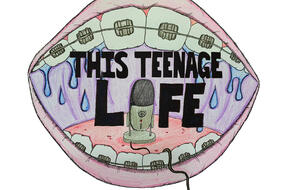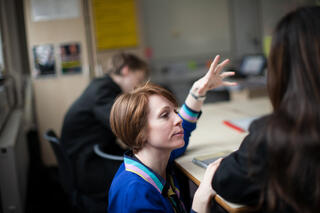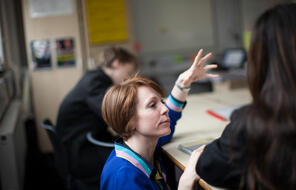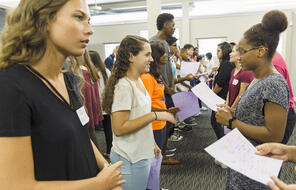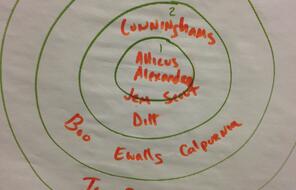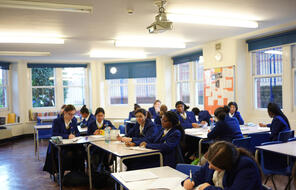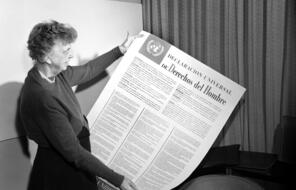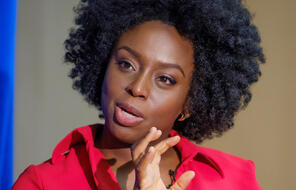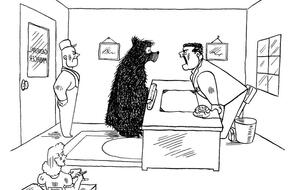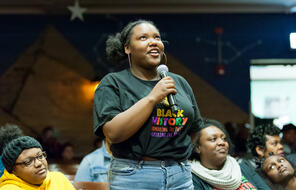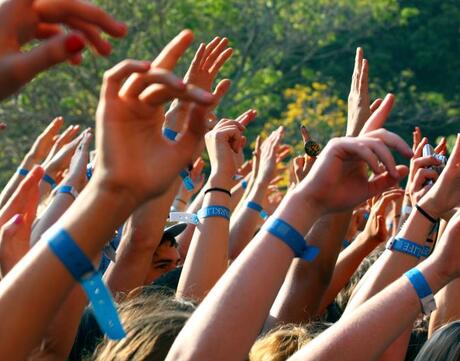
The Costs and Benefits of Belonging
Duration
Two 50-min class periodsLanguage
English — UKPublished
Overview
About This Lesson
Over the next five lessons, students will examine the human tendency to divide ourselves into groups. They will also consider how groups decide whom to include and whom to exclude as well as the benefits of being part of an “in” group and the consequences of being in an “out” group.
On the first day of this two-period lesson, students will respond to a reflection by a student named Eve Shalen, who describes the feeling of being excluded by her peers and how her strong desire to belong influenced her decisions one afternoon on the playground. First, students will reflect on times when they felt included or excluded from a group, as well as times when they may have included or excluded others. Then, after reading Eve’s story, they will consider why we humans have a need to separate ourselves into groups and how these groups play out at our schools and in our local communities. Finally, in a journal response, students will provide words of advice to Eve Shalen for how she might hold on to her identity while also being part of a group.
In the second class period of this lesson, students will look at the range of responses individuals have when they choose how to react to exclusion, discrimination, and injustice. After first defining bystander, victim, perpetrator, and upstander, students will respond to questions about how the students in Eve Shalen’s story reacted and discuss how the universal desire to belong can influence how we respond in the face of injustice or unfairness.
Preparing to Teach
A Note to Teachers
Before you teach this lesson, please review the following guidance to tailor this lesson to your students’ contexts and needs.
Lesson Plans
Day 1
Day 2
Materials and Downloads
Quick Downloads
Download the Files
Get Files Via Google
Unlimited Access to Learning. More Added Every Month.
Facing History & Ourselves is designed for educators who want to help students explore identity, think critically, grow emotionally, act ethically, and participate in civic life. It’s hard work, so we’ve developed some go-to professional learning opportunities to help you along the way.
Exploring ELA Text Selection with Julia Torres
On-Demand
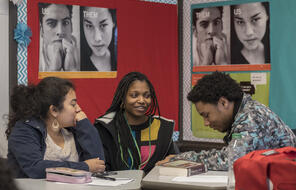
Working for Justice, Equity and Civic Agency in Our Schools: A Conversation with Clint Smith
On-Demand
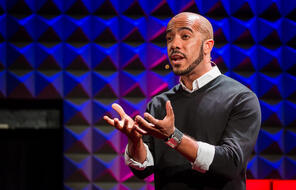
Centering Student Voices to Build Community and Agency
On-Demand
